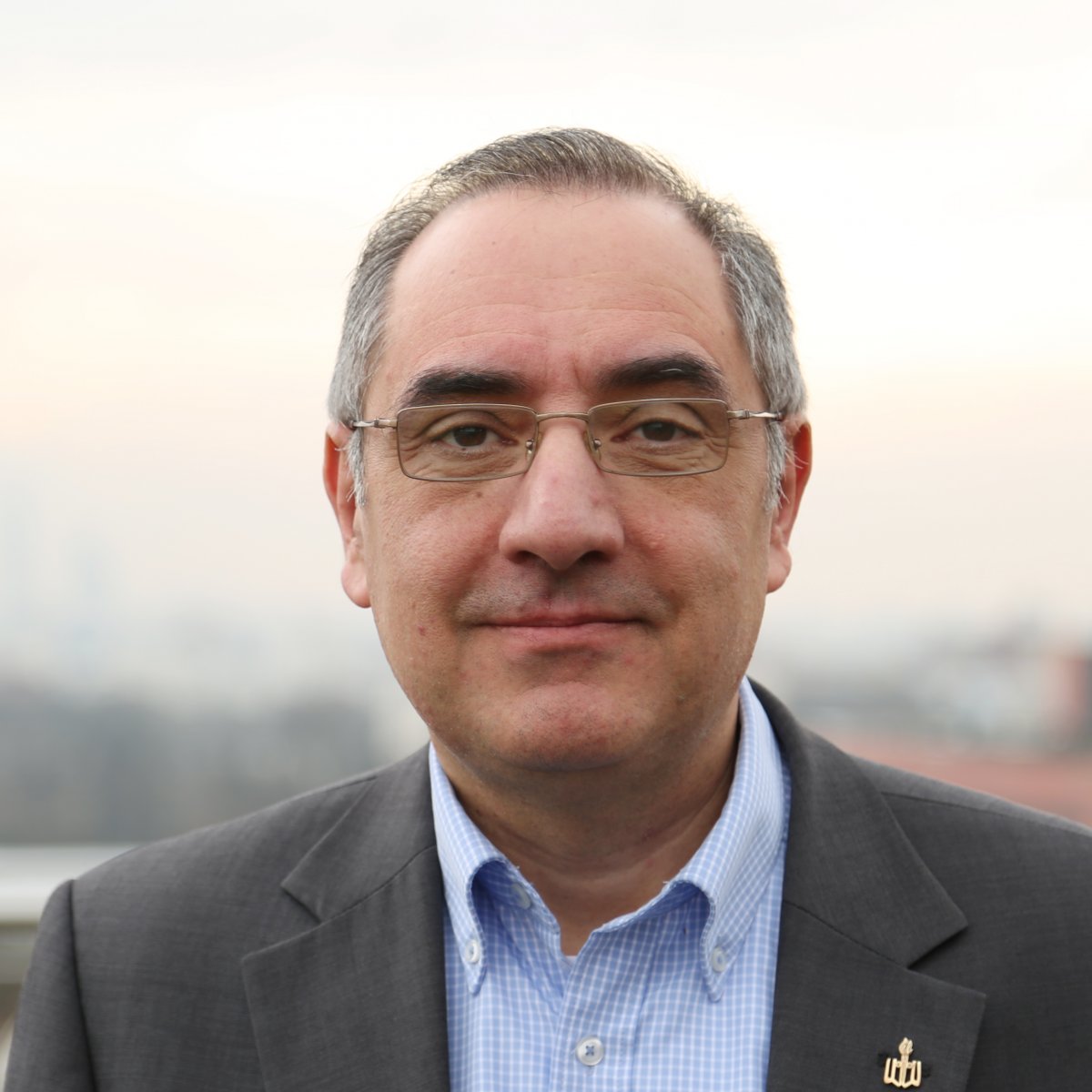
On bridging the classical and quantum worlds: the Nobel Prize in Physics
The 2025 Nobel Prize in Physics demonstrates that fundamental and highly precise experiments on quantum behaviour – even those carried out decades ago – may require a long period before their full technological impact becomes apparent, says prof. dr hab. Armen Sedrakjan from the Institute of Theoretical Physics at the University of Wrocław.
This year’s Nobel Prize in Physics was jointly awarded to John Clarke, Michel H. Devoret, and John M. Martinis “for the discovery of macroscopic quantum tunnelling and energy quantisation in an electrical circuit.”
Professor Sedrakjan explains the nature of the quantum experiments conducted by these researchers, which began in the 1980s, and discusses their significance for the technological developments of the 21st century.
John Clarke is a professor emeritus at UC Berkeley; his early work on superconducting circuits and sensitive magnetometers (SQUIDs) connects to his later contributions to macroscopic quantum experiments. Michel H. Devoret has appointments at Yale University and UC Santa Barbara; he has been active in the quantum hardware community (including collaborative ties to Google’s quantum hardware efforts). John M. Martinis is affiliated with UC Santa Barbara; he previously led hardware efforts at Google Quantum AI, working on superconducting qubit development.
The experiments that led to the Nobel Prize used Josephson junction–based superconducting circuits, wherein a superconducting component is separated by a thin insulating barrier. It is known that such a construct allows for tunnelling phenomena where electron pairs penetrate the insulating barrier and jump from one side of the superconductor to the other. The laureates basically showed that this phenomenon obeys quantum laws, instead of classical ones, although their experiments were conducted on a very large number (billions) of electrons, scales on which we do not expect quantum behavior.
In more detail, the Quantum tunnelling and energy quantization were well established in atomic and subatomic systems (e.g., electrons in atoms or potential wells). However, by the 1970s, it was unclear whether such quantum behavior could survive decoherence (“destruction”) in systems comprising billions of particles.
An example is an electric circuit made of macroscopic superconductors that has billions of electrons. The laureates’ central achievement was to show that there is a quantity characterizing the quantum behaviour in such circuits – “superconducting phase difference” across a Josephson junction – which behaves quantum-mechanically for very large number of electrons. It was shown that this quantity shows quantum mechanical behavior: it tunneled through energy barriers and occupied discrete energy levels, i.e., showed quantization. Thus, their experiments, conducted in the mid-1980s, demonstrated that quantum mechanical phenomena—specifically quantum tunnelling and discrete energy levels—can be observed in circuits large enough to be handled by a person without any device. Their work bridges the quantum and classical realms, showing that quantum effects such as tunnelling can occur in systems comprising many particles acting collectively provided a suitable design, for example, superconducting circuits.
In the Nobel press release, the Academy notes that classical microchips already rely on quantum mechanics (e.g., tunnelling in transistors). Therefore, this award points toward next-level quantum algorithm-based devices (computers, sensors) that exploit explicitly quantum behavior in circuits. The 2025 Physics prize shows that fundamental, precise experiments in quantum behavior—even those that are decades-old ones—can have a long waiting period before their full technological impact becomes visible.
***
Prof. dr hab. Armen Sedrakian serves as Deputy Director for Research at the Institute of Theoretical Physics, Faculty of Physics and Astronomy. He is a specialist in nuclear physics and theoretical astrophysics. He has published over 160 scientific papers, many of them as the first or sole author. His works are cited internationally and are distinguished by their high level of originality and their close connection with astrophysical observations and laboratory experiments.
His main research areas include: superfluidity and superconductivity in neutron stars, relativistic hydrodynamics and magnetohydrodynamics (MHD), evaporation and condensation in nuclear matter and ultracold gases, the microphysics of compact stars and binary neutron star mergers (BNSM), as well as simulations of neutron star cooling involving exotic particles (such as axions).
***
Added by: E.K.
Date of publication: 10.10.2025



